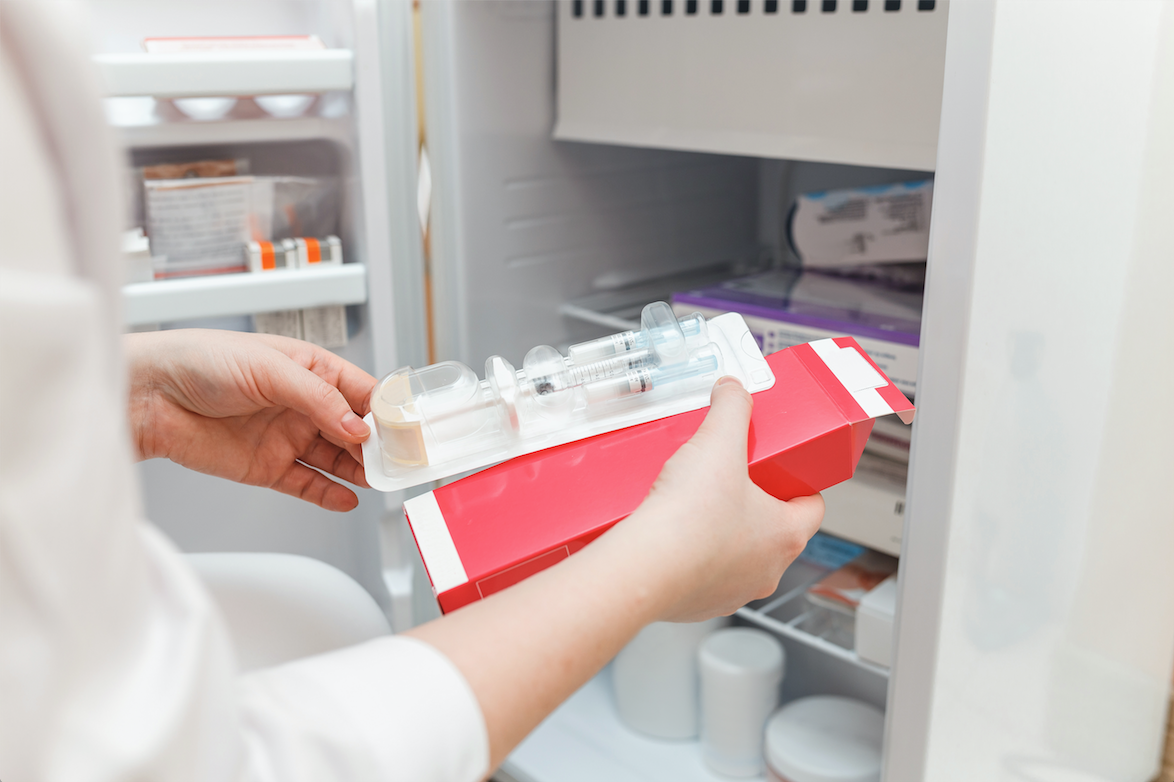As the world is getting ready for COVID-19 Vaccines, there are many ‘cold truths’ regarding it that one needs to understand. Firstly, the transportation of COVID-19 vaccines is not at all an easy process. Starting right from the manufacturer to the health centre, vaccines need to be stored at specific temperatures for retaining their potency.
The main reason for this is because a vaccine gets damaged when it is exposed to excessive heat, light, or cold. This is precisely why the transportation, storage, and handling of any potential vaccine are crucial aspects of its application. One can say the logistics behind the vaccine administration is as significant as the vaccine itself.
How Does a Vaccine Travels?
Vaccines always travel directly by plane from the manufacturer as refrigerated cargo to the country where they will be used. Once they land, they are stored in cold rooms before being allocated to regional and sub-regional cold storage by refrigerated vehicles.
From storage facilities to village level, health workers carry the vaccines in cold boxes, travelling by every means to immunize every last-child, even to the remotest of villages.
The COVID-19 Cold Chain – Immunizing All People Across the Globe
Two drug companies, namely Pfizer and partner BioNtech, and Moderna, have reported highly successful results from the Phase 3 trials. Both Pfizer and Moderna use the same genetically engineered vaccine approach, which involves messenger RNA molecules.
If the US Food and Drug Administration authorizes the vaccines for “emergency use,” each of these firms will have to scale up production and distribution tremendously. Pfizer expects to produce up to 50 million doses worldwide in 2020 and up to 1.3 billion in 2021. On the other hand, Moderna has plans to manufacture approximately 20 million doses in 2020 and 500 million to 1 billion in 2021.

Ultra- Low-Temperature Vaccine Handling
One of the most critical aspects of the Covid 19 Cold Chain is keeping the vaccines at sub-zero temperatures. This is where a refrigerator like ultra-low temperature freezer comes into play. These freezers can store contents between -40 to -86 °C and are also known by the name “minus 80 freezers”.
All ULT freezers are commonly fitted with alarm systems that will remotely alert assigned parties in a freezer failure case.
A Multi-faceted Increase in the Customer’s Demand For ULT Freezers
One would be truly amazed to see the scale and the level of collaboration that goes behind the distribution of COVID-19 vaccines from production to distribution to the point of care of injection. “The industry has been making progress with mRNA-based vaccines, but the COVID-19 pandemic has dramatically accelerated the timeline”, says Alex Emson, PhD, senior director and general manager at Thermo Fisher Scientific.
According to Emson, Thermo is increasing the ultra-low freezers’ production, the -20°C freezers and refrigerators to manage demand and ensure their availability at all times.
However, the demand for -80°C has skyrocketed during this COVID 19 pandemic. Hospitals worldwide have expanded their freezer requirements, as smaller facilities may not have previously -80°C. Large hospitals also need freezers beyond diagnostic or research lab settings, including sites where vaccines will be administered.
Challenges Regarding COVID – 19 Vaccines
There are quite a few challenges associated with the COVID-19 vaccines. The first one is to manage the temperature throughout their distribution, achievable through temperature tracking devices and digital solutions. It is especially crucial for mRNA vaccines, for which temperature maintenance represents a new challenge from the perspective of standard vaccine delivery. All the manufacturers must ensure that they can provide mRNA vaccines requiring -70°C protection from manufacturing to their final destination.
Once the vaccines are in transit, they may be held in the original manufacturer’s shipper, which needs recharging after ten days. The vaccines can also be transferred to an ultra-low temperature freezer for storage or moved into a refrigerator if used within five days in preparation for vaccination.
Secondly, the distribution process isn’t set up for large-scale transport of vaccines that must be kept at ultra-low temperatures. Still, many manufacturers are planning to create low-temperature storage containers for maintaining the vaccines at a temperature around -70°C through transportation and also up to 10 days with the help of dry ice.
Logistic giants like FedEx and UPS have established freezer farms enabling storage of large vaccine quantities. UPS’s farms are being built in Venlo, the Netherlands, and Louisville. On the other hand, FedEx operates a Cold Centre in Memphis, TN, capable of storing frozen goods at -25°C to -10°C. FedEx has also managed to add ten freezer facilities over the past three years and plans to build more.
However, only very pharmacies and clinics have the infrastructure for storing and dispensing mRNA vaccines and other vaccines requiring very low-temperature storage and extended periods.
For this, these sites will need to have vaccination plans to manage the vaccines depending on the number of vaccines they receive. They also should have an intent to distribute them according to the life of every vaccine.
In many cases, the vaccines are meant to be delivered quickly to patients and not stored. For this purpose, the standard 2° to 8°C may be sufficient for the short time that the vaccine is onsite before delivery to a patient.
Bottom Line
One can see how a vital role cold storage will play in storing and delivering the COVID-19 vaccines. Hopefully, new technologies like ultra-low temperature freezers and many other cold storages you have just seen will deal with all the challenges that may come up while providing the vaccine to the masses. This pandemic indeed has accelerated the cold-storage industry’s timeline in providing the necessary infrastructure for storing the vaccines.
This is a Contributor Post. Opinions expressed here are opinions of the Contributor. Influencive does not endorse or review brands mentioned; does not and cannot investigate relationships with brands, products, and people mentioned and is up to the Contributor to disclose. Contributors, amongst other accounts and articles may be professional fee-based.

